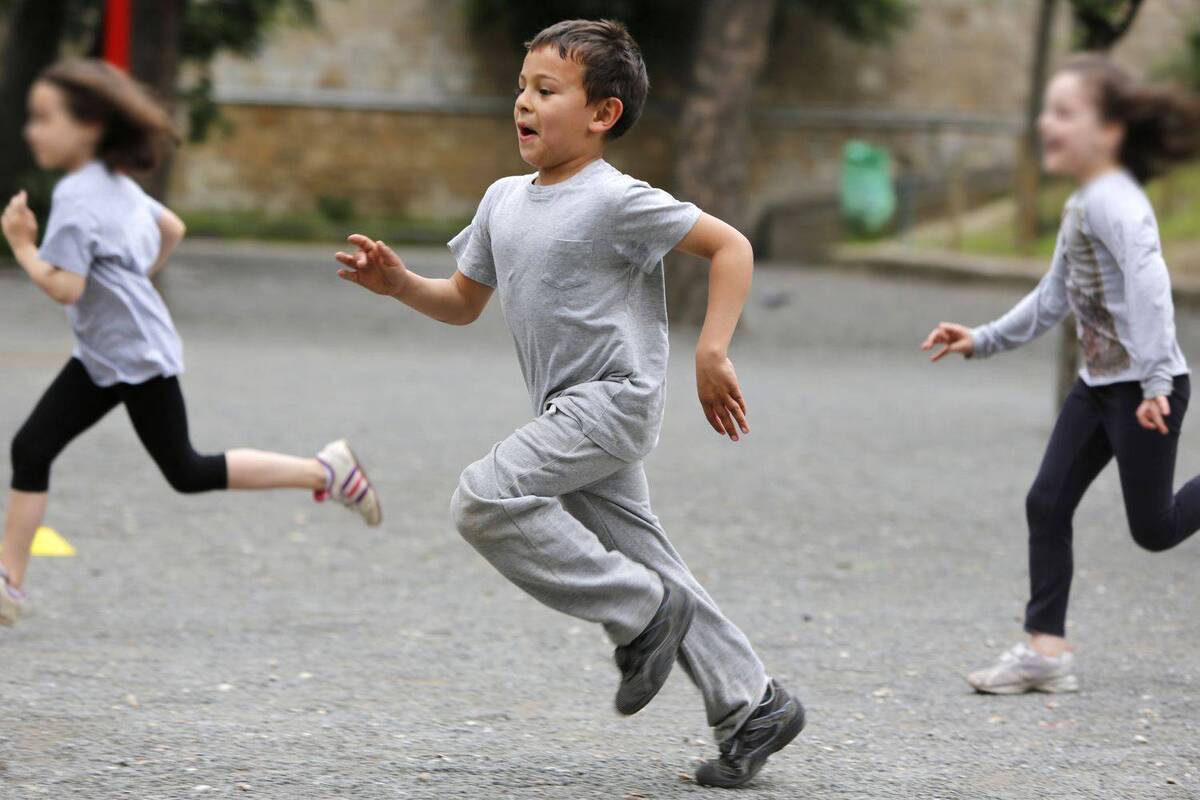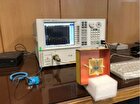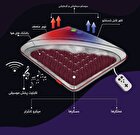Scientists Identify Potential Cause of Sudden Unexplained Death in Children

This study emphasizes the critical need for further investigation into seizures’ role in these deaths, offering new directions for understanding and prevention efforts, the SiTechDaily reported.
In research aimed at gaining insights into the sudden, unexpected deaths of young children, often happening during sleep, scientists have pinpointed brief seizures that involve muscle spasms as a potential cause.
Experts estimate in excess of 3,000 families each year in the United States lose a baby or young child unexpectedly and without explanation. Most are infants in what is referred to as sudden infant death syndrome, or SIDS, but 400 or more cases involve children aged 1 and older, and in what is called sudden unexplained death in children (SUDC). Over half of these children are toddlers.
The study findings come from a registry of more than 300 SUDC cases, set up a decade ago by researchers at NYU Grossman School of Medicine. Researchers used extensive medical record analysis and video evidence donated by families to document the inexplicable deaths of seven toddlers between the ages of 1 and 3 that were potentially attributable to seizures. These seizures lasted less than 60 seconds and occurred within 30 minutes immediately prior to each child’s death, say the study authors.
For decades, researchers have sought an explanation for sudden death events in children, noticing a link between those with a history of febrile seizures (seizures accompanied by fever). Earlier research had reported that children who died suddenly and unexpectedly were 10 times more likely to have had febrile seizures than children who did not die suddenly and unexpectedly. Febrile seizures are also noted in one-third of SUDC cases registered at NYU Langone Health.
Publishing in the journal Neurology, the new study involved an analysis by a team of eight physicians of the rare SUDC cases for which there were also home video recordings, from either security systems or commercial crib cameras, made while each child was sleeping on the night or afternoon of their death.
Five of seven recordings were running nonstop at the time and showed direct sound and visible motion indicative of a seizure happening. The remaining two recordings were triggered by sound or motion, but only one suggested that a muscle convulsion, a sign of seizure, had occurred. As well, only one toddler had a documented previous history of febrile seizures. All children in the study had previously undergone an autopsy that revealed no definitive cause of death.
“Our study, although small, offers the first direct evidence that seizures may be responsible for some sudden deaths in children, which are usually unwitnessed during sleep,” said study lead investigator Laura Gould, a research assistant professor at NYU Langone. Gould lost her daughter, Maria, to SUDC at the age of 15 months in 1997, a tragedy that prompted her successful lobby for the establishment of the NYU SUDC Registry and Research Collaborative. Gould points out that if not for the video evidence, the death investigations would not have implicated a seizure.
“These study findings show that seizures are much more common than patients’ medical histories suggest, and that further research is needed to determine if seizures are frequent occurrences in sleep-related deaths in toddlers, and potentially in infants, older children, and adults,” said study senior investigator and neurologist Orrin Devinsky, MD.
Devinsky, a professor in the Departments of Neurology, Neurosurgery, and Psychiatry at NYU Langone, as well as chief of its epilepsy service, adds that “convulsive seizures may be the ‘smoking gun’ that medical science has been looking for to understand why these children die.
“Studying this phenomenon may also provide critical insight into many other deaths, including those from SIDS and epilepsy,” said Devinsky, who cofounded the SUDC Registry and Research Collaborative at NYU Langone with Gould.
Further research, Devinsky notes, is also needed to determine precisely how seizures with or without fever may induce sudden death. Previous research in epilepsy patients, he says, points to difficulty breathing that is known to occur immediately after a seizure and that can lead to death. This has been found to happen more frequently in epilepsy patients, as it does in the children involved in the study, while they are sleeping face down on the stomach and without anyone witnessing the death.
Continuous monitoring of child deaths and improvements in health records to track how often these convulsive seizures precede death, he explains, will be needed for this to be confirmed. Seizure-related deaths are underreported in people with and without epilepsy.
For the study, experts in forensic pathology, neurology, and sleep medicine analyzed each recording for video quality, sound, and motion. From this, they were able to determine which toddlers showed signs of muscle convulsions as a sign of seizures prior to their death and when. Access to the videos was and remains strictly limited to the researchers involved in the study.
4155/v
























